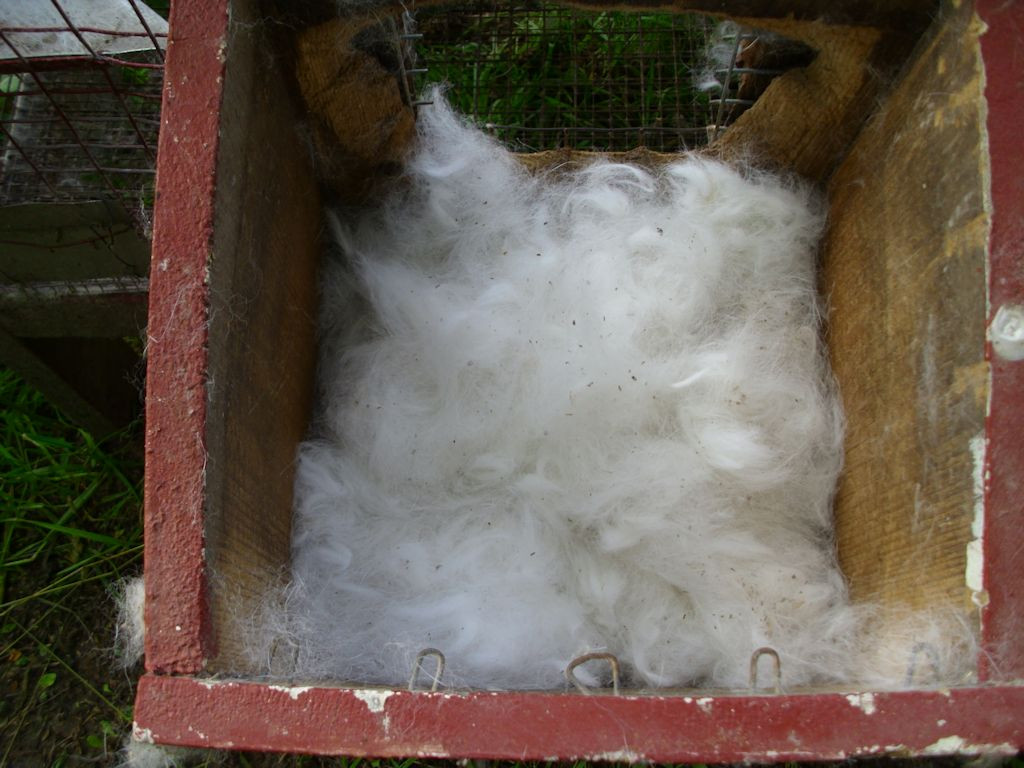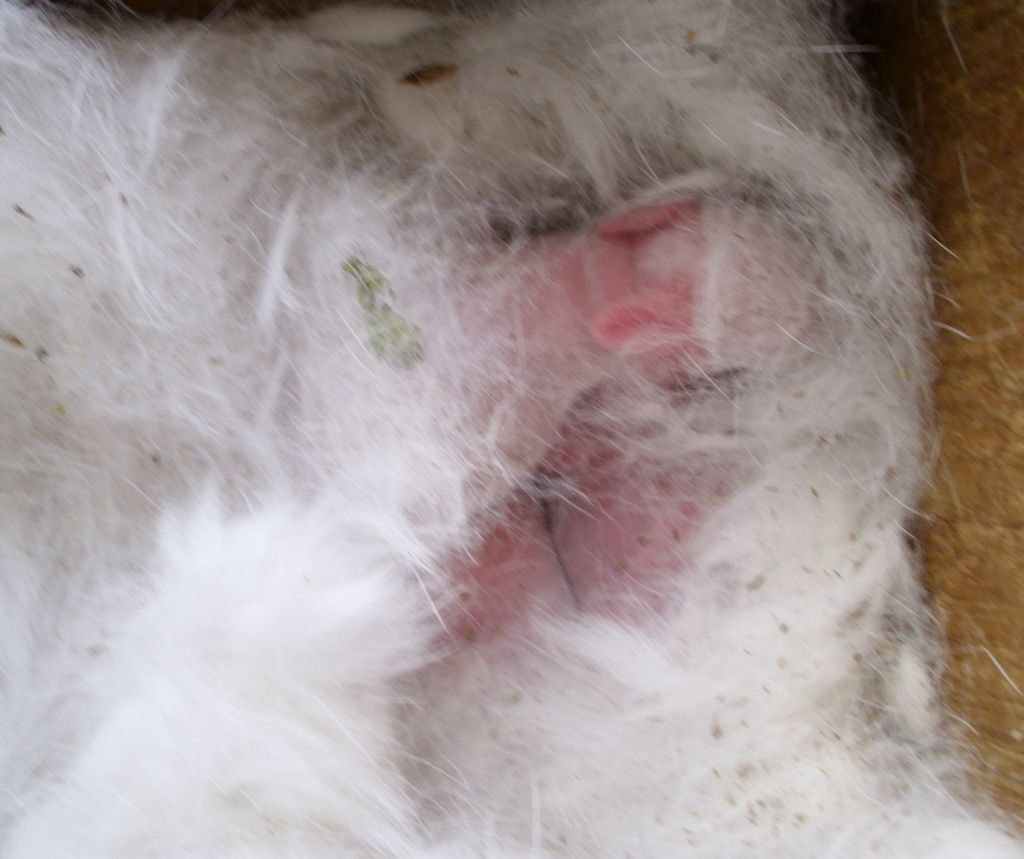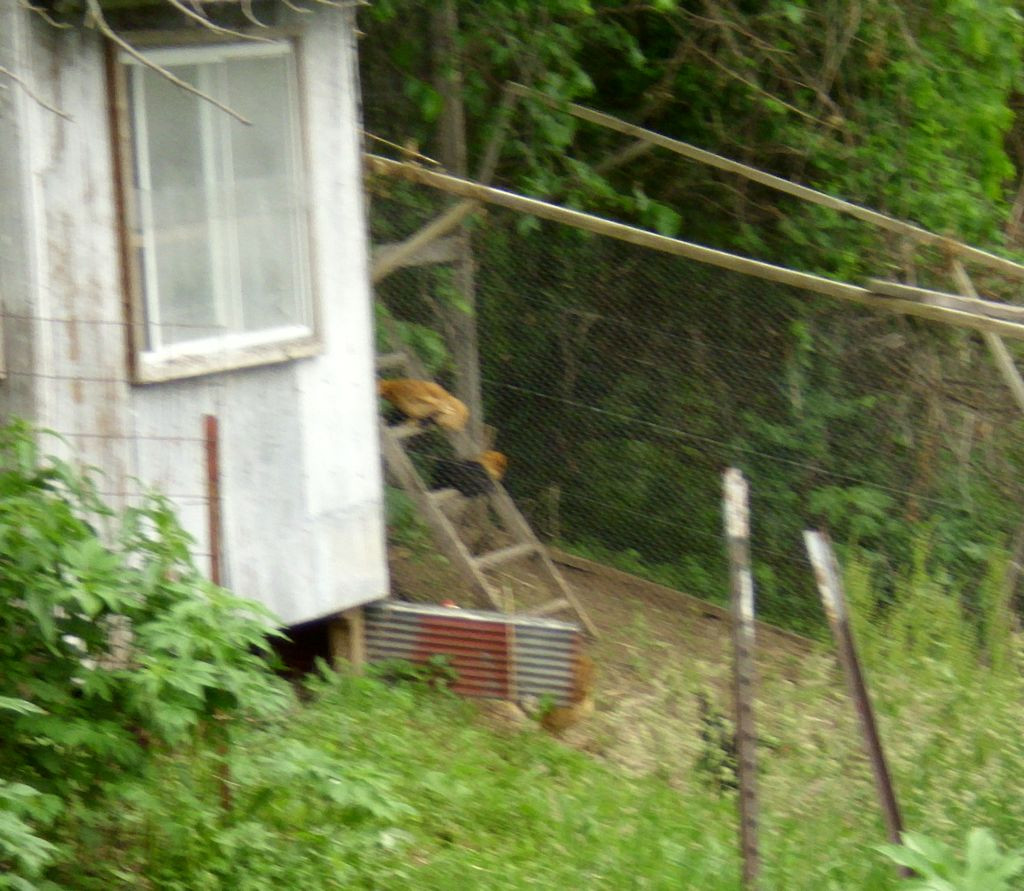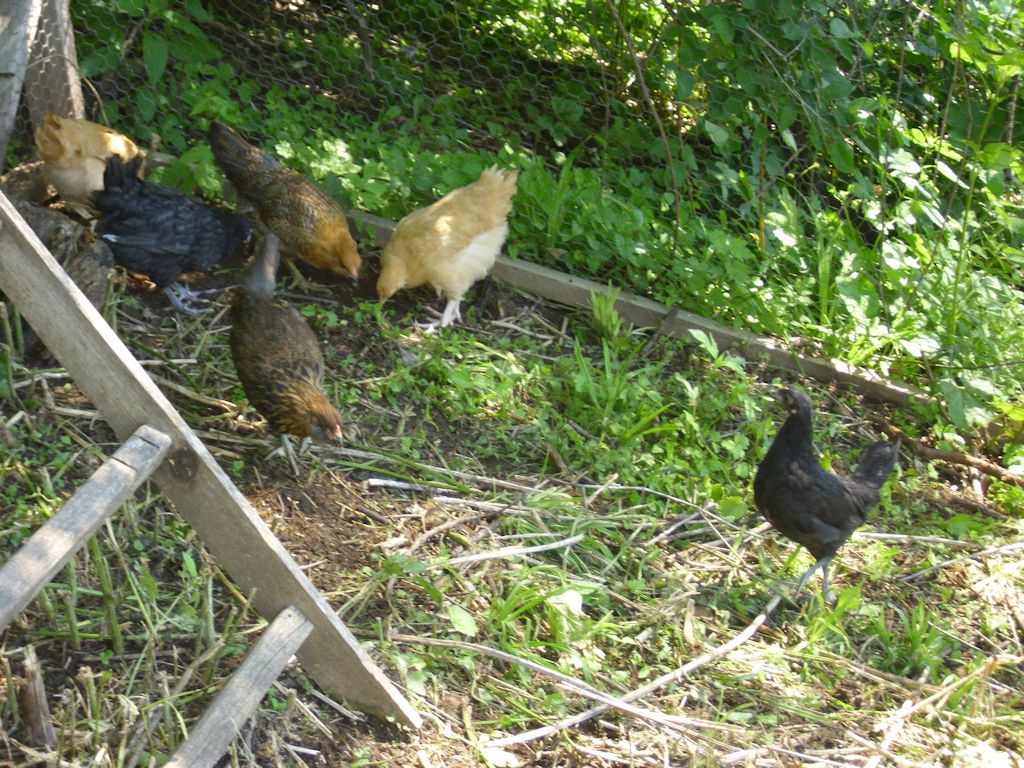I’ve gotten used to a whole lot of silly vendor tricks over the years. Just about every vendor I’ve worked with has done something completely idiotic, just to cause the other guy woe. The user always ends up hurt. Readers of Administering Windows Server 2008 Server Core, Microsoft Windows Command Line Administration Instant Reference, and Windows 8 for Dummies Quick Reference need to be aware that according to a ComputerWorld article, Samsung has turned off Windows Update. The worrisome part of all this is that there is apparently an executable to turn the support off, but not another executable to turn support back on. Sites, such as engadget, are recommending you perform a clean install of Windows on your computer to get rid of the problem.
The whole issue seems to revolve around Samsung being worried that Microsoft’s updates will interfere with Samsung’s updates of its software. The result could be that the system won’t work. Phrases, such as “could be” and “might not”, always bother me. Samsung must not have tested the problem fully or they would have had a more positive and straightforward comment to make when asked about the problem. The point is that the user loses. Advice such as telling users they must reinstall Windows from scratch to get rid of the problem sounds just dandy until you figure out that most users can’t perform this task, so they’ll be out extra money getting someone else to do the job or we’ll all face the issues that happen when updates don’t occur. It’s not as if the Internet really requires yet more zombies (computers under hacker control)—we have no lack of them now.
A similar problem occurred not long ago when Lenovo thought it would be a good idea to pre-install the Superfish adware on the computers it put out. Most computer vendors add bloatware to their systems, which really does make it a good idea to perform a clean install when you buy a new system, but purposely adding adware seems a bit deranged to me. Lenovo later apologized and fixed the problem, but the point is that they made the mistake in the first place.
Some of my readers have asked why so many of my books include installation instructions or at least pointers to the installation instructions. The answer is that vendors keep doing things that make me shake my head and wonder just what they were thinking about. When you buy a new system from someone, perform a clean install of the operating system to get rid of the bloatware or have someone else do it for you. If you choose to keep the pre-installed operating system in place, make sure you research any oddities of the installation (such as turning off Windows Update). Otherwise, you might end up with a situation where Windows Update simply doesn’t do the job because someone told it not to. Let me know your thoughts on pre-installed software, bloatware, and vendors who seem completely clueless at [email protected].
Story Update!
According to a ComputerWorld article, Samsung will end the practice of disabling Windows Update. Of course, one has to wonder why they did it in the first place. If you have one of the systems that disabled Windows Update, a patch will restore the system to perform the required updates.






